Pelagostrombidium fallax feeds on planktonic algae and digests everything but the chloroplast (=’stolen chloroplast’ or ‘kleptoplast’). From the kleptoplasts (photosynthesis), the ciliate receives additional nutrients.
Read More12
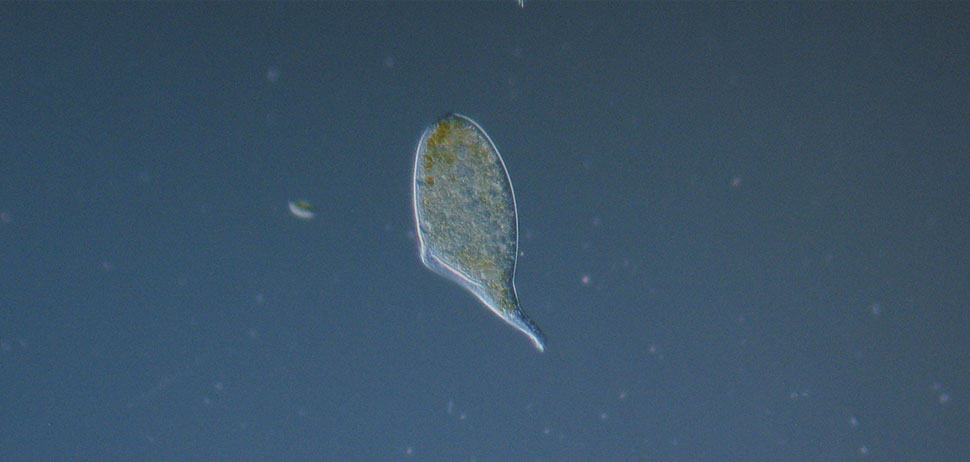
Paradileptus elephantinus
Paradileptus elephantinus is a huge ciliate that even ingests rotifers (small metazoans).
Read More12
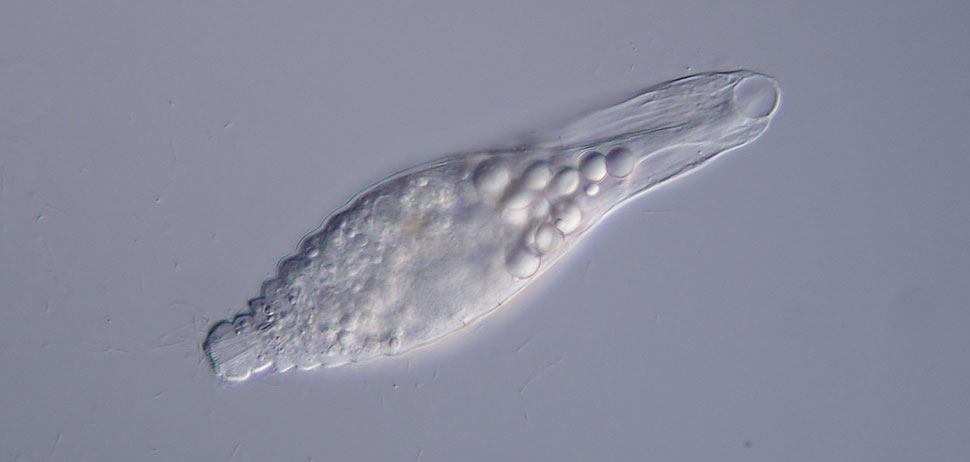
Lagynus elegans
Lagynus elegans prefers the oxygen-depleted zones in a lake.
Read More12
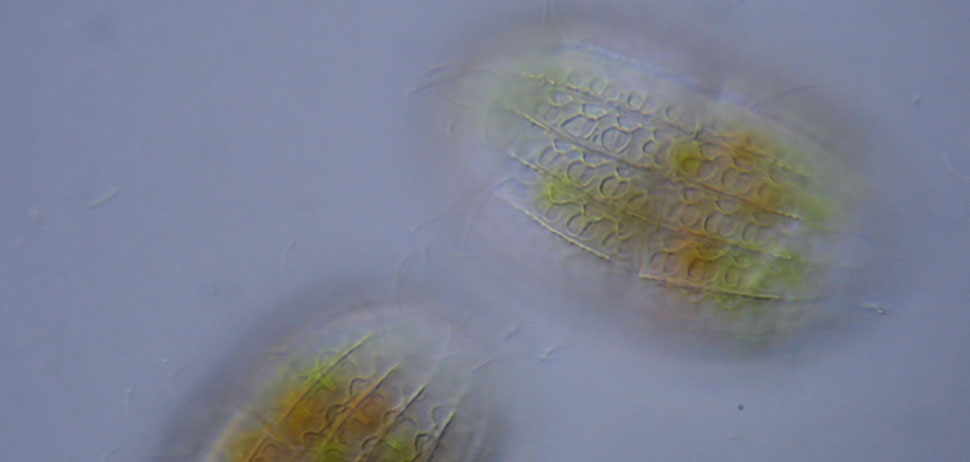
Coleps hirtus viridis
Coleps hirtus viridis is a ciliate commonly found in lakes and ponds that receives nutrients from its algal symbionts (photosynthesis). Here we see the characteristic cortical plates.
Read More12
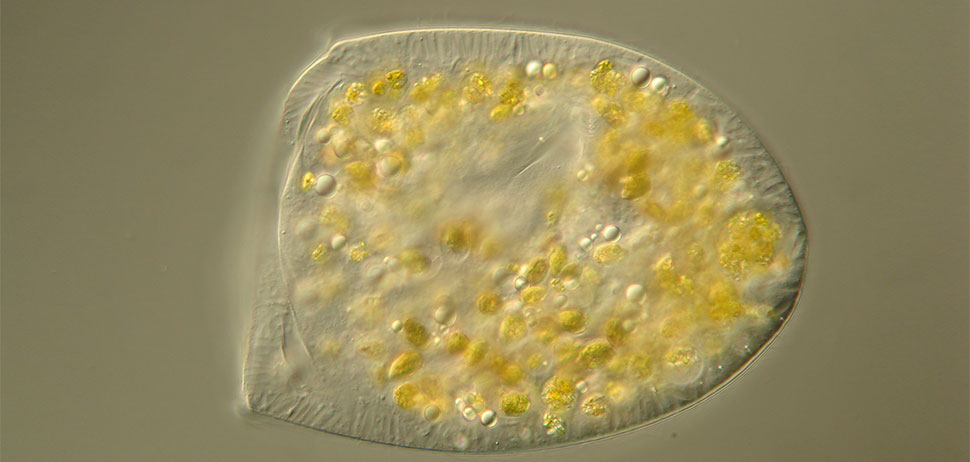
Bursaridium sp.
Bursaridium sp. is a ciliate living in the plankton of alpine lakes above the treeline. Compared to other planktonic ciliates it is a relatively large species (ca. 150 x 120 µm). Bursaridium sp. feeds on algae that provide UV sunscreen compounds (MAAs) to the ciliate.
Read More15
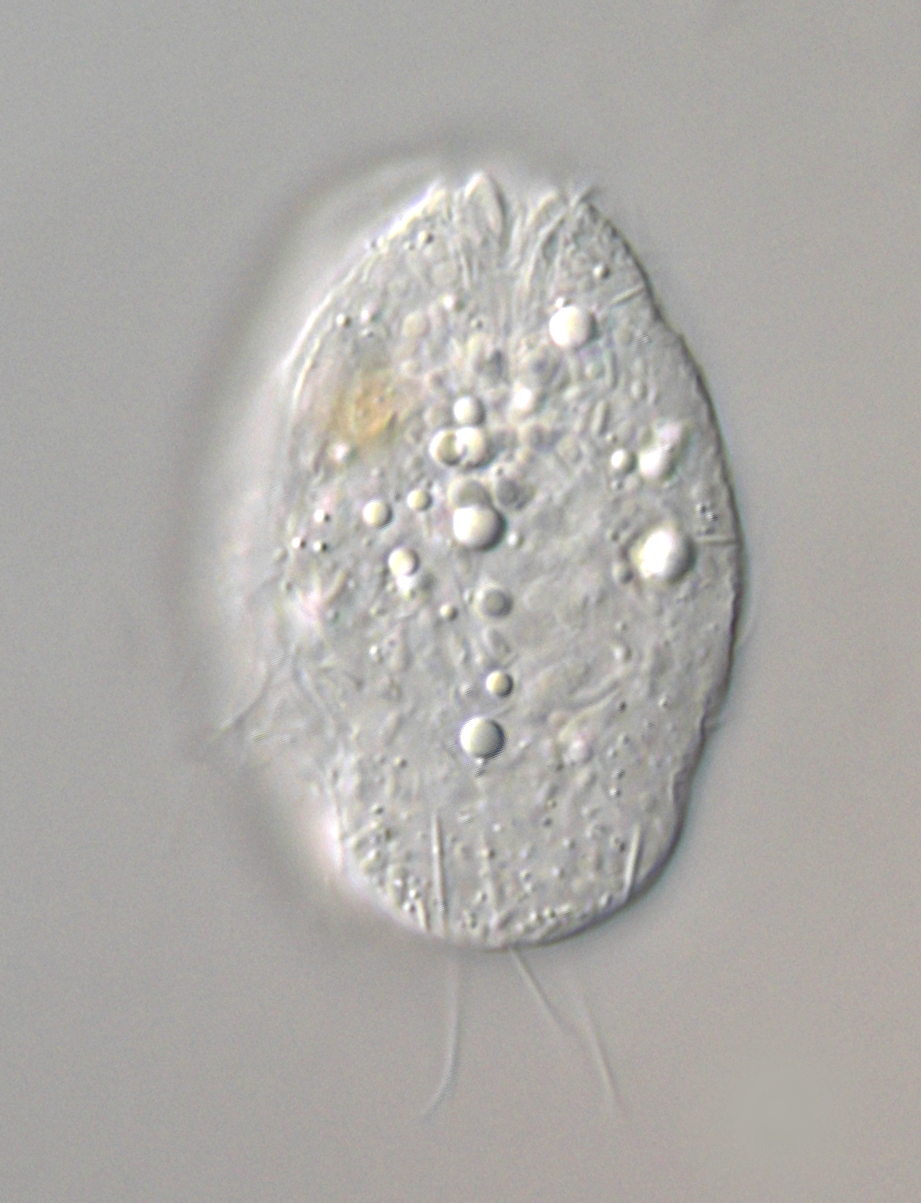
Urotricha castalia (video)
Urotricha castalia is a heterotrophic ciliate feeding mainly on small algae that appear simultaneously in lake plankton. In video ‚Urotricha castalia 1‘, we see the contractile vacuole in the posterior end of the cell and several elongated caudal cilia. In the video ‚Urotricha castalia 2‘, we see a squeezed individual with many intracellular bacteria (symbionts? […]
Read More15
Uroleptus willii (video)
Uroleptus willii is a ciliate thriving in lake plankton that can also build a mucous house, the so-called lorica. In the video, we see how U. willii feeds on bacteria or other small unicellular eukaryotes with its densely arranged ciliary bundles located at the tapering anterior. Characteristic for the species is that it lives in […]
Read More14
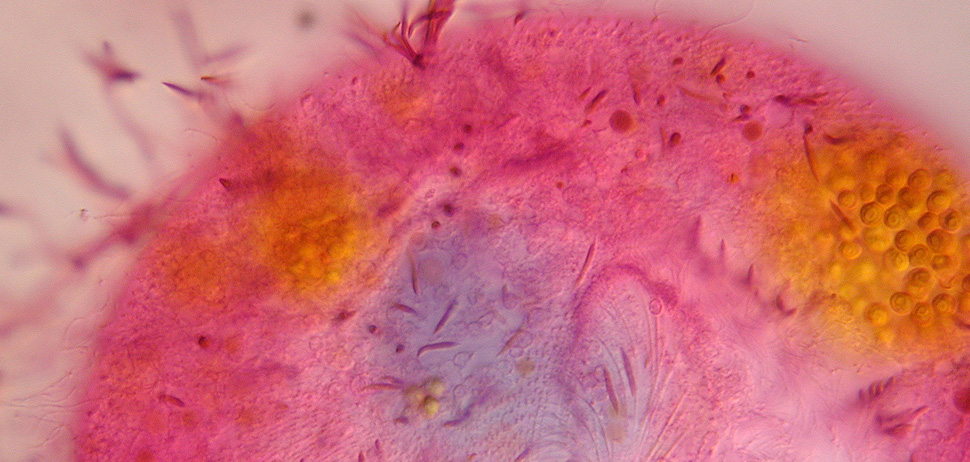
Stokesia vernalis
Through chemical stimulation, the trichocysts (needle-shaped cell organelles) of Stokesia vernalis are extruded immediately.
Read More14
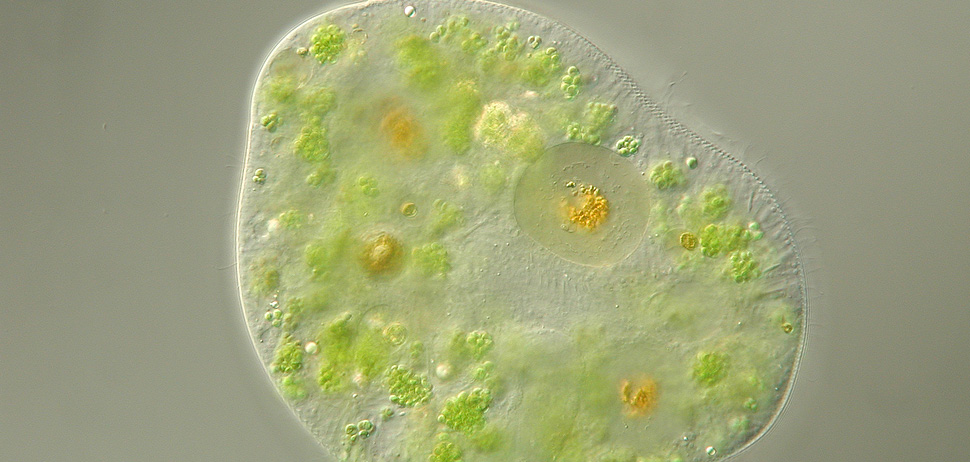
Stokesia vernalis
The symbionts of Stokesia vernalis are uniquely arranged in several packages. The algae are able to synthesize UV sunscreen compounds (MAAs).
Read More14
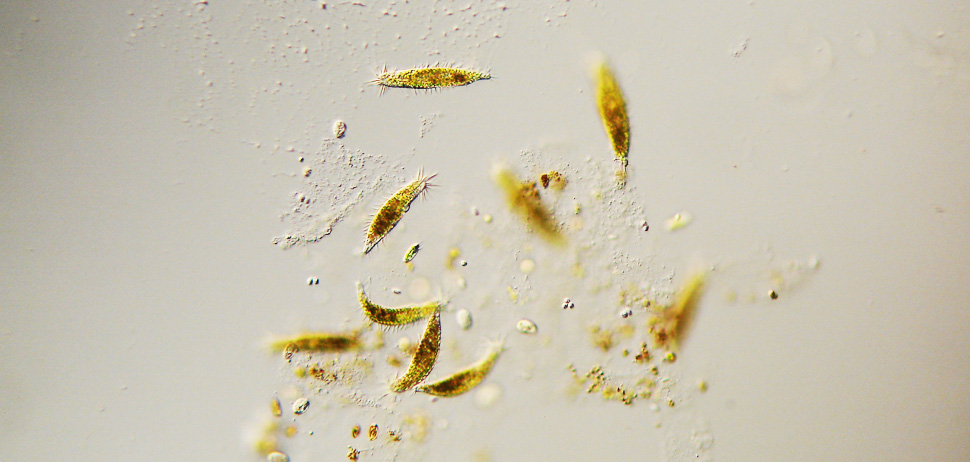
Uroleptus willii
Uroleptus willii is a ciliate thriving in lake plankton that can also build a mucous house, the so-called lorica. In the video, we see how U. willii feeds on bacteria or other small unicellular eukaryotes with its densely arranged ciliary bundles located at the tapering anterior. Characteristic for the species is that it lives in […]
Read More

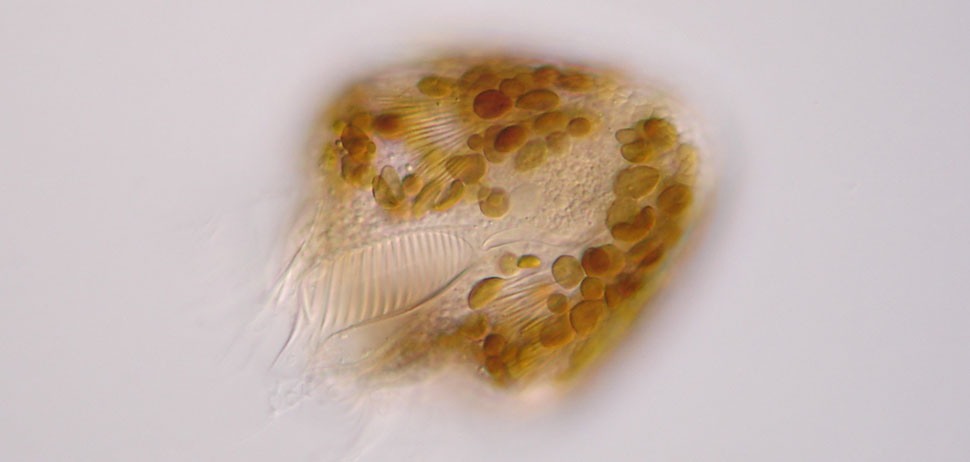
12